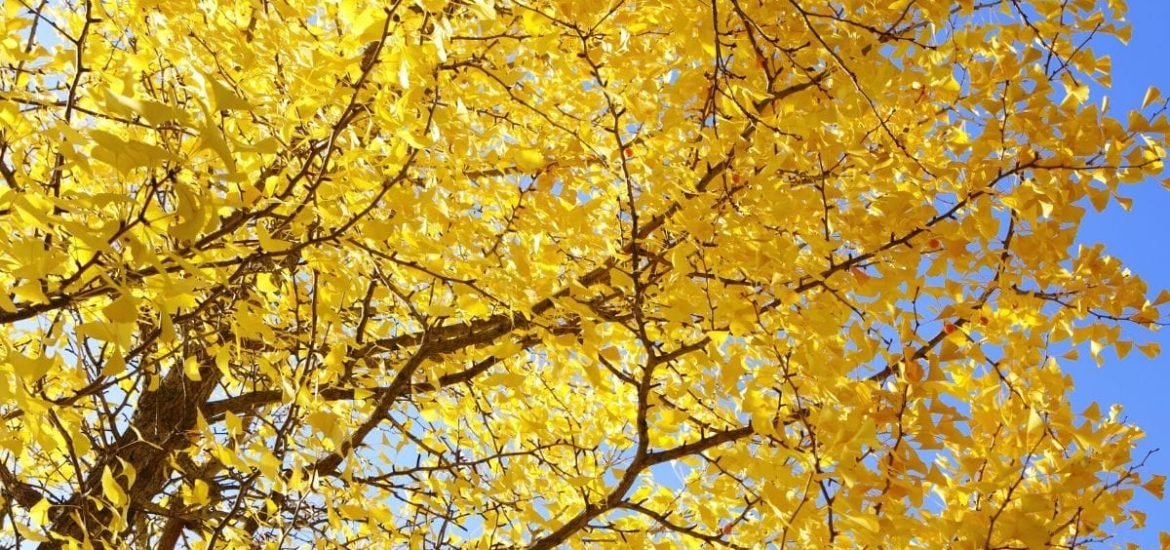
Some trees, like the Gingko Biloba tree, manage to live for thousands of years. But how do they achieve this amazing feat? Scientists are using genetics to uncover the secrets to the longevity of the so-called Gingko tree. A new paper published on 13 January in the Proceedings of the National Academy of Sciences reveals the first real genetic evidence that these trees really are designed to be immortal (1).
To carry out the most comprehensive plant ageing study to date, a team of researchers from China and the US first collected thin cores from 34 healthy Gingko biloba trees ranging from three to 667 years old in the Hubei and Jiangsu provinces of China. Previous ageing studies have mainly focused on tree leaves. Fortunately, the core-removal process does not cause any harm to trees.
Upon examining the growth rings, the scientists discovered that tree growth does not slow down after hundreds of year, but incredibly, might actually speed up. And amazingly, they discovered that leaf size, photosynthetic ability, and seed quality of the trees do not decrease with age.
Next, the scientists compared levels of gene expression in the leaves and the cambium, a thin layer of stem cells between the internal wood and external bark that can transform into other tissues throughout the tree’s life. In older trees, only a few layers of these stems cells are present.
They observed some age-related changes. For instance, older trees had lower levels of indole-3-acetic acid, a growth hormone, and higher levels of abscisic acid, a growth-inhibiting hormone produced in response to stress Unsurprisingly, genes associated with senescence — the process of deterioration associated with ageing — increased in dying leaves. Whereas leaves may die, the trees are unlikely to die of old age.
Although these near-immortal trees don’t seem to have the same age-related concerns as humans, trees of any age still have to worry about stressors, such as pests and drought. But interestingly, the scientists discovered that older trees do not become more vulnerable to such stressors as they age. Expression of genes related to pathogen resistance and the production of so-called flavonoids — protective antimicrobial compounds — was the same in older and younger trees.
The biologists are not certain whether tree growth does, in fact, begin to slow after a thousand years. And the Ginkgo biloba tree might eventually die of old age. The expression of genes associated with cell division, differentiation, and expansion decreased in older trees, which means the remaining stem cells probably don’t divide into new wood and bark as easily as in younger trees.
But the scientists still believe the trees are much less likely to die from old age than from an external stressor or ‘accident’, such as a fire, disease, storm damage, or sadly, even human activities. In future studies, they will look for gene mutations, which could indicate mortality, and investigate whether similar genetic mechanisms are at work in other long-lived trees species.
(1) Wang, L. et al. Multifeature analyses of vascular cambial cells reveal longevity mechanisms in old Ginkgo biloba trees. Proceedings of the National Academy of Sciences (2020). DOI: 10.1073/pnas.1916548117.